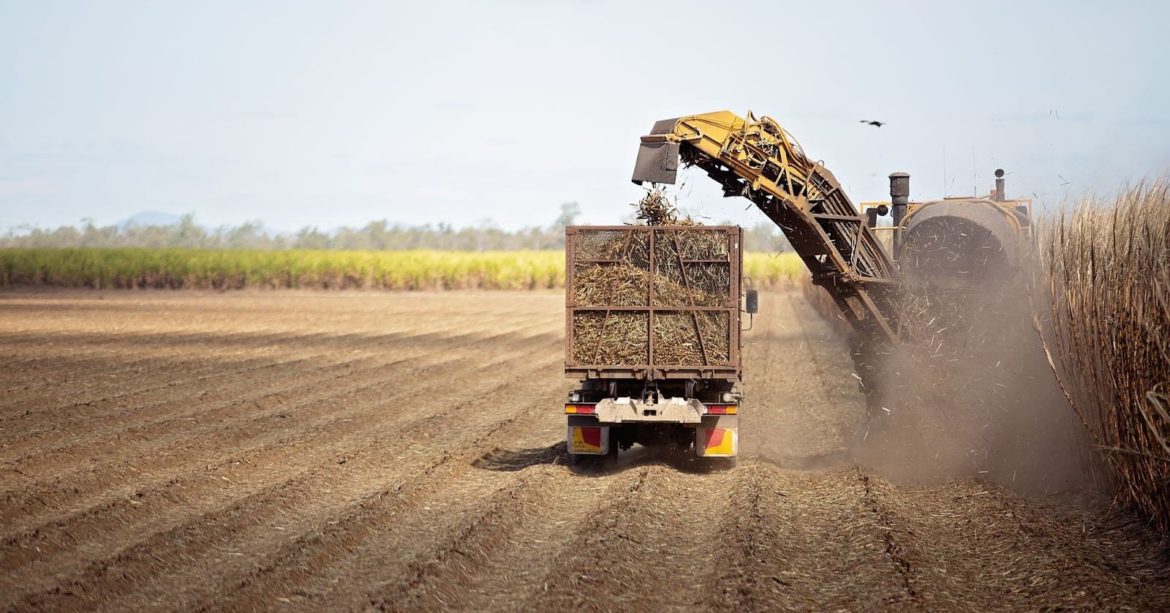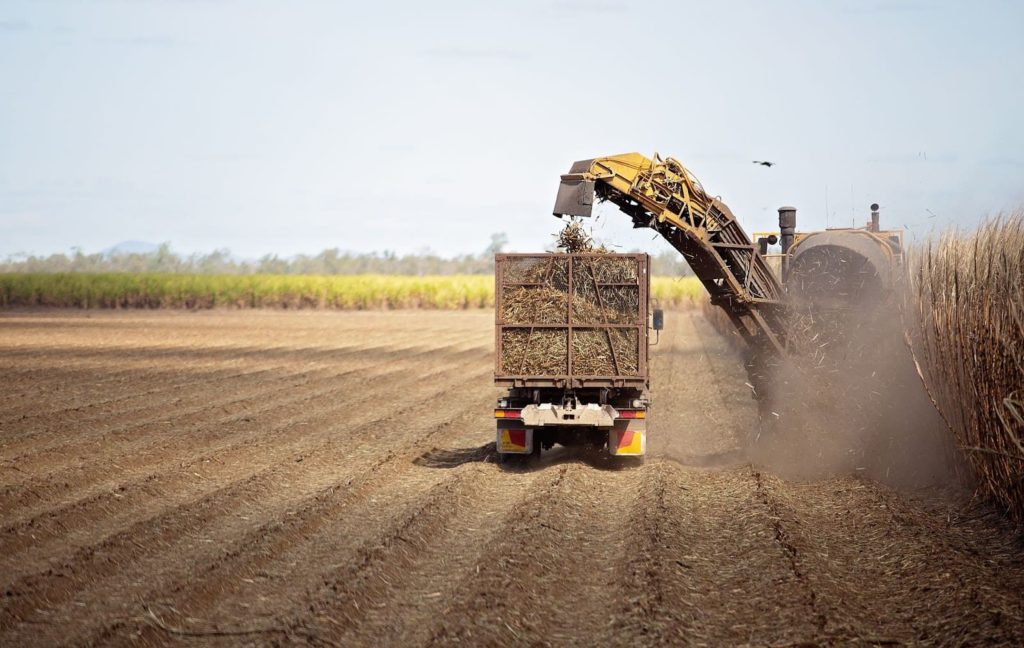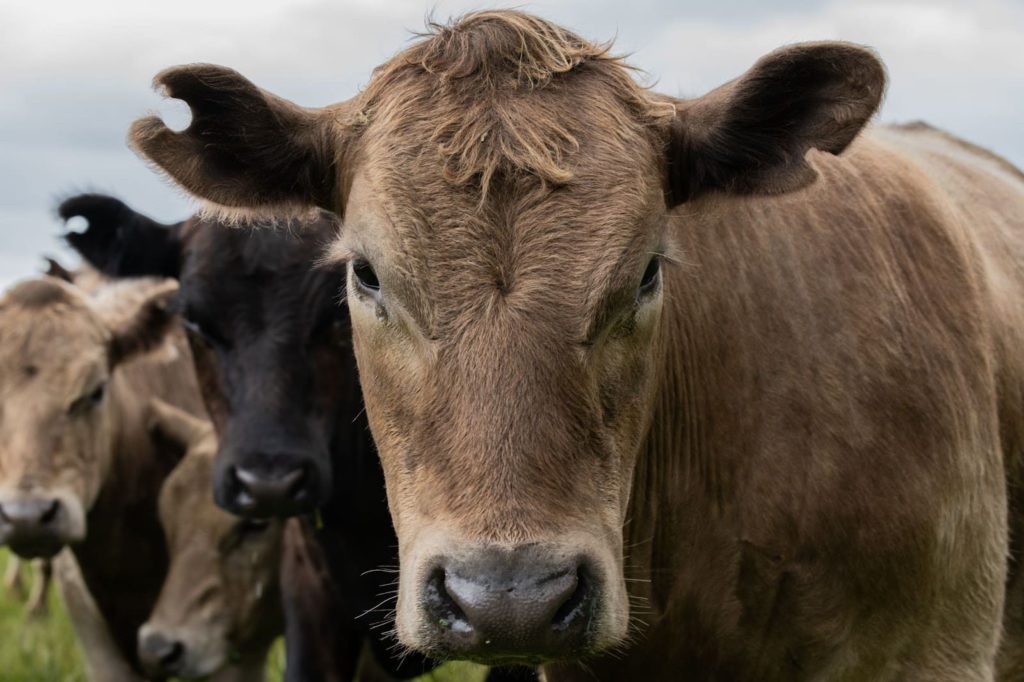How Many People are Fed by Australian Farmers?
The agriculture industry in Australia is essential to the provision of food in the country. More than 90% of the food eaten by Australians is produced at home. The industry is diverse, producing a wide range of crop and meat products.
The industry has also grown over the last 20 years. In real terms (with adjustments for inflation) the gross value of the industry has increased from $62 billion in 2000–01 to $67 billion in 2019–20. This puts the industry in a good position to feed not only the people of Australia but also people overseas.
Key points
- More than 90% of food consumed in Australia is produced in the country.
- The agriculture industry also exports around 65-70% of its produce.
- Overall, domestically and overseas, farmers feed around 61 million people.
- On average, each farmer feeds 600 people for one year, 150 in Australia and 450 overseas.
How many people do Australian farmers feed?
Farmers in Australia produce more than the country consumes. This results in around 65%-70% of production being exported to other countries. This means that Australia is one of the leading exporters of food in the world.
Australia’s exports are estimated to feed around 36.6 million people. When you add this figure to the population of the country, this means that Australian farmers feed around 61 million people overall.
Breaking the figures down further, each Australian farmer produces sufficient food for 600 people for one year. Of these 600 people, 150 are likely to live in Australia while 450 are likely to live in other countries. This is an average figure across approximately 85,681 Australian farm businesses.
The threat that Climate Change Presents
The population of Australia is expected to grow over the coming years. The estimate of the amount of growth has been revised down recently. Previously, the population was expected to reach almost 40 million by 2055-56. Now, a figure of around 38.8 million by 2060-61 is expected.
Even so, this is a significant increase on the current population of around 25.7 million. This means that the agriculture industry will need to produce more food for the domestic market. This will put some pressure on Australian food production.
Climate change is one of the major threats in this area. It could potentially significantly disrupt agricultural industry production if not addressed. Fortunately, steps are being taken to make changes to reduce climate change in Australia and across the globe. This includes action by farmers and others involved in Australian production as well as research and development activities.
In 2017, the red meat sector committed to becoming carbon neutral by 2020. Further to this, the National Farmers Federation recently voted to support a change to climate change policy. This aims to achieve a target of net-zero emissions by 2050.
In addition to these actions, farmers are employing techniques aimed at mitigating the negative effects of climate change. These techniques include using no-till agriculture practices. This technique helps to reduce soil erosion. It also increases the amount of crop stubble that remains which adds carbon to the soil.
It’s expected that techniques such as the no-till practice, and other innovative food and agriculture processes, will continue to be adopted by farmers. These new practices will revolutionize the management of farms and enable production rates to be stabilized or productivity growth to happen. This should help to avoid the catastrophic environmental outcomes that could otherwise have decimated agricultural production and the agricultural supply chain.
This means that the industry should easily be able to feed an increasing population in the country as well as continuing with agricultural exports. It should also be able to sustain its vital role as an employer in regional areas where around 82% of industry employees live. Only time will tell if this comes to pass but, based on current information, it seems likely that the agriculture industry will continue to be vital to the food supply in Australia and other parts of the world through food exporting.
2 - 2Shares



